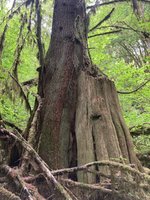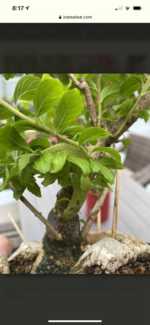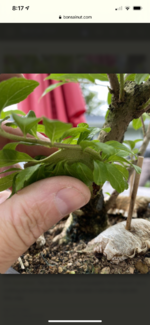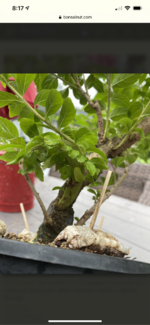When I first tried looking them up, I thought turbineli. But when I asked a local guide, she told my gambel and that they just grew different based on access to moisture.
Some of my local midwest oaks grow pointer leaves in a drought so it made sense to me. But she wasn't a botanist and that area is not native to me so??
I only kept one gambel tree but my wife just brought me a half dozen more acorns from her trip to Colorado. If enough germinate, maybe I'll keep one real dry and see what happens...











